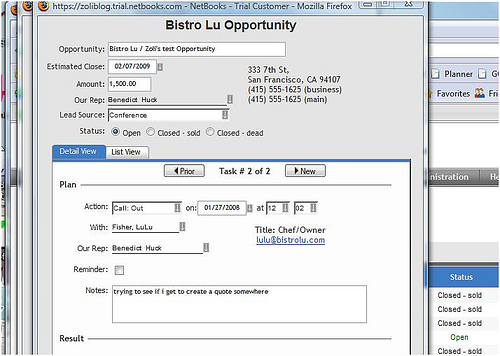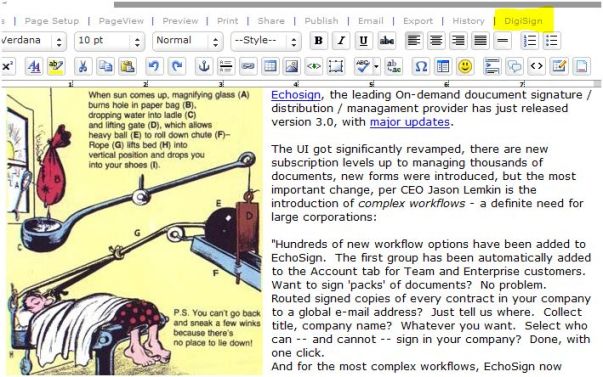Mobility is supposed to be about 24/7 connectivity, isn’t it? I’m writing this on a a 7.2Mbps HSDPA mobile connection while visiting my parents in Hungary. HSDPA is like 3G on steroids, and we’re not even close to universal 3G coverage in the US. What’s more, forget data, I’d be happy with just universal voice coverage right here in the heart of Technology. I get measly coverage (half a bar only right next to the window) in my house, but what’s a real shame, try talking on a T-mobile phone on the long walkway from Parking to the International Terminal at SFO: zero, nada, no signal at all.
Until that’s fixed, mobility isn’t about 24/7 connectivity, it’s about 24/7 access, online or offline. Which is why it’s great to see Google Gears Mobile released today, initially for Internet Explorer Mobile on Windows Mobile 5 and 6. Now you don’t lose vital information when your phone goes offline.
The first two apps taking advantage of Gears Mobile are Buxfer a finance tracking application and Zoho Writer.


The current Zoho Mobile Offline version (wow, that’s a mouthful ) is view only – if you recall, it did not take long for Zoho to add edit capabilities to the Gears-based offline version on the desktop, so we can likely expect the same here, too.
) is view only – if you recall, it did not take long for Zoho to add edit capabilities to the Gears-based offline version on the desktop, so we can likely expect the same here, too.
This video presents Zoho Writer Offline in use. As a reminder, Zoho also works on the iPhone, at at izoho.com – offline support will come just as soon as Google Gears will support it.
Related posts: Google Mobile Blog, TechCrunch, TechMoz, VentureBeat, Mashable, The Buxfer Post, Zoho Blogs.

 Three weeks ago I
Three weeks ago I  The interface is familiar from good old JotSpot (as a sidenote, the old JotSpot accounts are still alive at name.jot.com). There’s a basic wysiwyg editor, the Edit button is large and visible, and so is the New Page button. Good old JotSpot had several more ways of creating new pages, which are gone – perhaps for the best:
The interface is familiar from good old JotSpot (as a sidenote, the old JotSpot accounts are still alive at name.jot.com). There’s a basic wysiwyg editor, the Edit button is large and visible, and so is the New Page button. Good old JotSpot had several more ways of creating new pages, which are gone – perhaps for the best:
 ) Google now has a pretty good and easy web-page creator with some wiki features made user-friendly, and a half-hearted attempt at integrating the rest of the Apps empire using Sites. Perhaps they get it right in the next release.
) Google now has a pretty good and easy web-page creator with some wiki features made user-friendly, and a half-hearted attempt at integrating the rest of the Apps empire using Sites. Perhaps they get it right in the next release.

 Yes, it’s great to be able to download my feed items and read it on the plane without Internet connection (since I am not flying Virgin). I even “starred” some entries I want to respond to.But why can’t I mark items “read”? It’s an “online only” action – that does not make sense. When I go back online, Google Reader will perform synchronization anyway; why could it not remember “read” status and sync it?
Yes, it’s great to be able to download my feed items and read it on the plane without Internet connection (since I am not flying Virgin). I even “starred” some entries I want to respond to.But why can’t I mark items “read”? It’s an “online only” action – that does not make sense. When I go back online, Google Reader will perform synchronization anyway; why could it not remember “read” status and sync it?

 TechMeme is great in threading together relevant posts, but is largely based (so I think…) on direct linking, so of course it could not auto-detect the ironic relationship between:
TechMeme is great in threading together relevant posts, but is largely based (so I think…) on direct linking, so of course it could not auto-detect the ironic relationship between: Echosign
Echosign

 Please fill out the form below.
Please fill out the form below.

Recent Comments